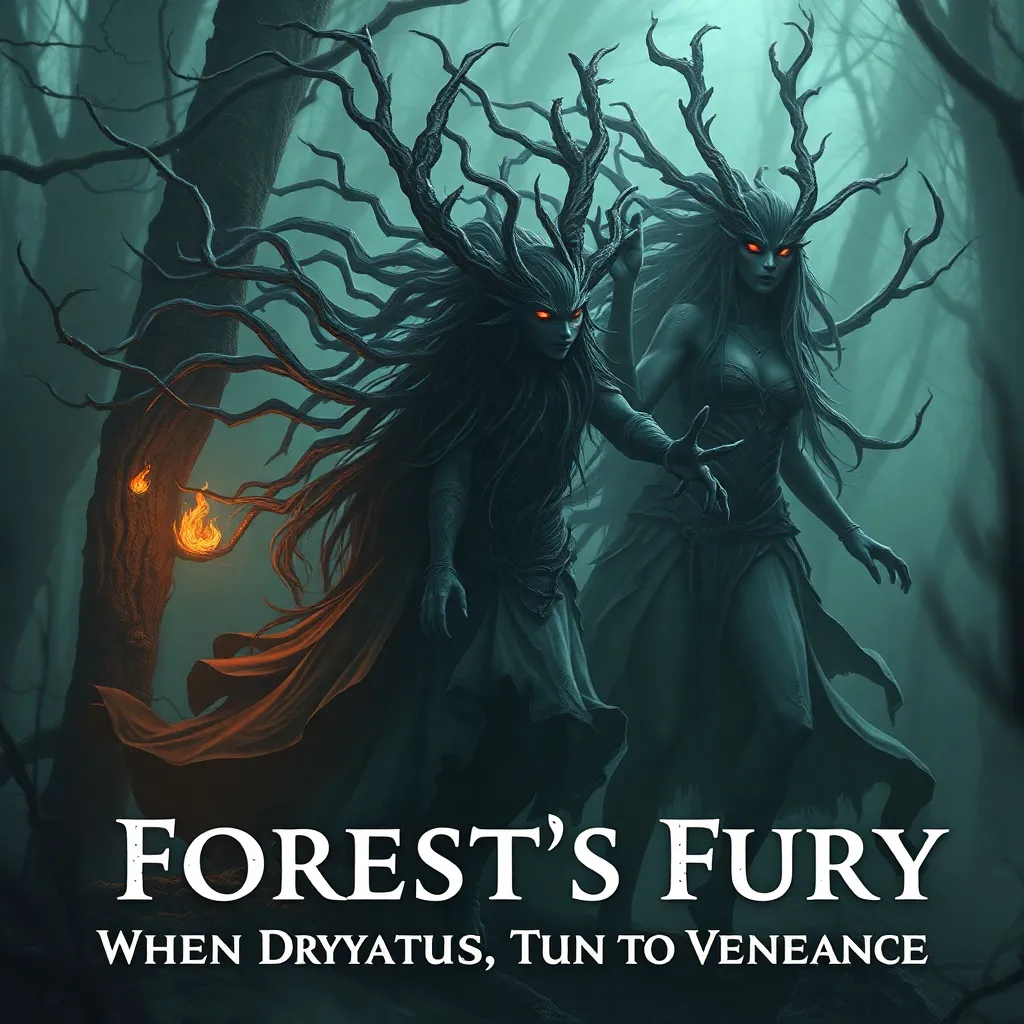The Chupacabra in History: Exploring the Myth’s Evolution and Transformation Over Time
I. Introduction
The Chupacabra, often described as a mysterious creature that drains the blood of livestock, has captured the imagination of many since its inception in folklore. Its name, derived from the Spanish words “chupar” (to suck) and “cabra” (goat), signifies its notorious reputation as a predator of farm animals, particularly goats.
This creature’s significance extends beyond mere urban legend; it speaks to cultural fears, societal changes, and the human propensity to explain the unexplainable. This article aims to explore the evolution of the Chupacabra myth, tracing its origins, transformations, and current relevance in modern folklore.
II. Origins of the Chupacabra Legend
The legend of the Chupacabra first emerged in Puerto Rico in 1995, with the initial sightings reported by farmers whose livestock were mysteriously found dead. The chilling tales of bloodless animals sparked widespread panic and curiosity, leading to a flurry of media attention.
Early descriptions of the creature varied, but common traits included:
- Red eyes
- Sharp fangs
- A pronounced spine
- Scaly skin
The cultural context surrounding the Chupacabra is rich, drawing from a blend of indigenous folklore, African mythology, and modern societal anxieties about wildlife and environmental changes. This combination of influences helped shape the narrative of the Chupacabra as a fearsome predator.
III. Early Sightings and Media Influence
Numerous notable encounters contributed to the Chupacabra’s notoriety in the late 1990s. Witness testimonies often depicted the creature as elusive yet terrifying, further fueling public intrigue. As reports proliferated, the media played a critical role in popularizing the myth.
Many news outlets sensationalized these stories, leading to a mix of fear and fascination among the public. The impact of sensationalism is evident in how the Chupacabra became a cultural phenomenon, with sightings being reported across various regions and the creature’s lore spreading rapidly.
IV. Evolution of the Chupacabra’s Description
As the Chupacabra legend spread, so did the variations in its physical description. Initially characterized as a small, dog-like creature, it soon transformed into more fantastical forms:
- Dog-like creatures with pronounced features
- Reptilian beings with scales and spikes
- Humanoid figures with monstrous traits
Geographic differences in descriptions also emerged, with sightings in Mexico and the United States presenting new interpretations of the creature. This evolution reflects the adaptability of folklore, merging local fears and cultural narratives into the broader Chupacabra mythos.
The Chupacabra in Popular Culture
The influence of the Chupacabra extends into popular culture, where it has been represented in various forms:
- Literature: Novels and short stories incorporating the Chupacabra myth.
- Film: Feature films and documentaries exploring the legend.
- Merchandise: Toys, clothing, and collectibles inspired by the creature.
Additionally, the Chupacabra has influenced the portrayal of other mythological creatures, serving as a template for fearsome entities that exist on the fringes of reality and fantasy.
VI. Scientific Perspectives on the Chupacabra
Scientists have approached the Chupacabra phenomenon with skepticism, often seeking rational explanations for reported sightings and animal attacks. Some key areas of investigation include:
- Animal attacks: Analyzing patterns in livestock deaths to determine if they are the result of known predators.
- Genetic studies: Researching genetic anomalies in animals that may resemble Chupacabra descriptions.
- Skepticism: Debunking myths through scientific inquiry, emphasizing the need for evidence.
Despite the search for real-life counterparts, the Chupacabra remains an enigma, illustrating the intersection of folklore and scientific inquiry.
VII. The Chupacabra in Modern Folklore
Even today, reports of Chupacabra sightings continue to emerge, indicating a persistent fascination with the creature. Modern sightings carry significant cultural weight, often reflecting community fears and anxieties surrounding environmental changes and economic stability.
The role of social media has amplified these sightings, allowing communities to share experiences and engage in discussions about the Chupacabra. This digital age of communication has transformed the creature into a symbol of cultural identity, representing shared folklore and collective memory.
VIII. Conclusion
The Chupacabra’s evolution from a local legend in Puerto Rico to a global phenomenon illustrates the enduring nature of myths in human culture. As it transforms and adapts over time, the Chupacabra invites reflection on the ways folklore interacts with reality and the human experience.
In conclusion, the Chupacabra serves as a fascinating case study in the evolution of myths, reminding us that our collective fears, desires, and cultural narratives can give rise to creatures that, while not real in the traditional sense, hold powerful meanings in our lives.



